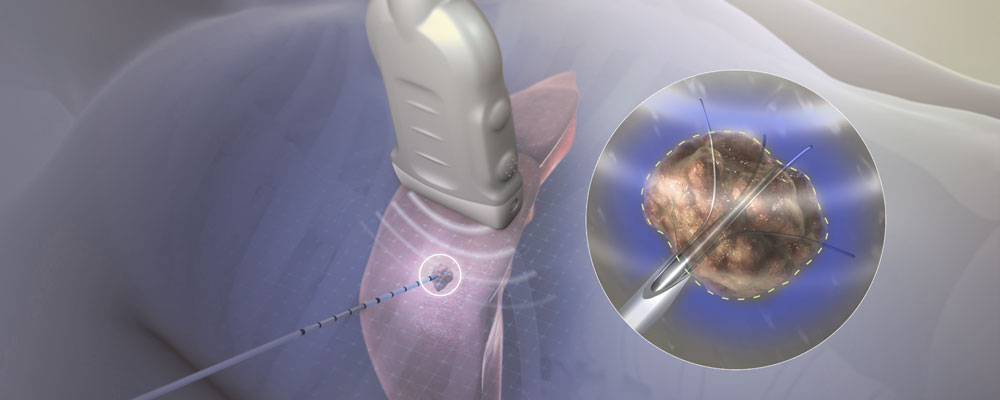Living with diabetes can affect nearly every part of your body; however, one of the most painful conditions is diabetic neuropathy, particularly in the legs and feet. For many sufferers, this ache is consistent, burning, and hard to control. When traditional methods like medicinal drugs and physiotherapy fail, patients are regularly left trying to find opportunities.
One of the most promising modern answers is radiofrequency ablation (RFA)—a minimally invasive system that targets nerve pain at its source. At Dr. Ravi Suman’s clinic in Hyderabad, RFA is giving new hope to sufferers suffering from diabetic foot ache, offering long-term relief without heavy medications or surgical procedures.
Diabetic neuropathy is a type of nerve damage that develops due to long-standing, poorly managed blood sugar levels fails Symptoms of diabetic neuropathy consist of:
These signs can severely affect everyday activities like walking, dressing, and even carrying shoes with no trouble.

Common remedies for diabetic nerve pain consist of
While these help a few sufferers, many maintain to be afflicted by continual, unrelenting pain.
Long-term use of medications can cause side effects like dizziness, drowsiness, or dependency prompting the need for a more secure, extra-effective alternative.
Radiofrequency Ablation is a nonsurgical pain control method that makes use of heat generated by radio waves to target specific sensory nerves. The heat disables those nerves from sending pain alerts to the brain, providing relief without affecting muscle management or motion.
In the context of diabetic foot pain, RFA specializes in nerves, which include
These are responsible for transmitting pain from the lower leg and foot. And Nerve Pain Relief in Diabetes.
At Dr. Ravi Suman’s health facility, RFA is done as an outpatient procedure and usually takes much less than 30 minutes. Here’s what to anticipate:
Assessment and Diagnostic Block
A trial injection (diagnostic block) with a neighborhood anesthetic facilitates confirming the proper nerve goal. If the affected person reports transient pain relief, RFA is likely to be effective.
Preparation
The pores and skin are cleaned and numbed with local anesthesia. Sedation is not often wished.
Needle Placement
Using ultrasound or fluoroscopic (X-ray) steering, a pleasant needle-like probe is inserted close to the target nerve.
Radiofrequency Application
Heat is delivered through the probe for some seconds to disable the aching fibers within the nerve.
Completion and Recovery
The patient is monitored for a brief duration and can typically cross home on the same day.
At Dr. Ravi Suman’s health facility, every patient undergoes an intensive assessment to make sure that RFA is suitable for his or her circumstances.
Aftercare and Recovery
Some may sense moderate soreness on the treatment website, which commonly resolves within 1–2 days. Full ache relief may be felt within some days to multiple weeks after the technique.
Dr. Ravi Suman is an enormously experienced pain control specialist who specializes in interventional pain treatments for chronic conditions like diabetic neuropathy, plantar fasciitis, and sciatica. He is properly versed in the use of ultrasound-guided nerve blocks and radiofrequency ablation for targeted, effective relief.
Patients pick Dr. Ravi Suman now not only for his scientific talent but also for his affected person-first method, attention to detail, and dedication to helping people live pain-free without unnecessary surgeries.
After suffering for years with diabetic foot pain, I finally found relief through radiofrequency ablation (RFA) at Dr. Ravi Suman’s hospital. It was life-changing. For the first time in years, I can walk and sleep peacefully. This is true diabetic foot pain relief."
"This treatment completely changed my life. No more burning pain in my legs, and I no longer rely on daily painkillers.
Diabetic nerve pain doesn’t just affect your toes—it influences your quality of existence. If you are experiencing consistent burning, tingling, or aching pain in your legs or feet, radiofrequency ablation can be a game-changer. It’s a safe, powerful, and minimally invasive way to regain control over your health and comfort.
Dr. Ravi Suman's Youtube ChannelThe results of plasma therapy last for 18 months to 2 years. The patients would require a follow-up treatment every year.
Plasma therapy is a low-risk procedure and generally doesn’t cause side effects except for a little soreness and bruising at the injection site.
The actual injection part takes 45 minutes while some time is involved in drawing and processing the patient’s blood for injection.
A person with severe anemia, low platelet count, active systemic infection, abnormal platelet function and active cancers are not ideal candidates for plasma therapy.